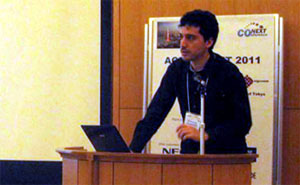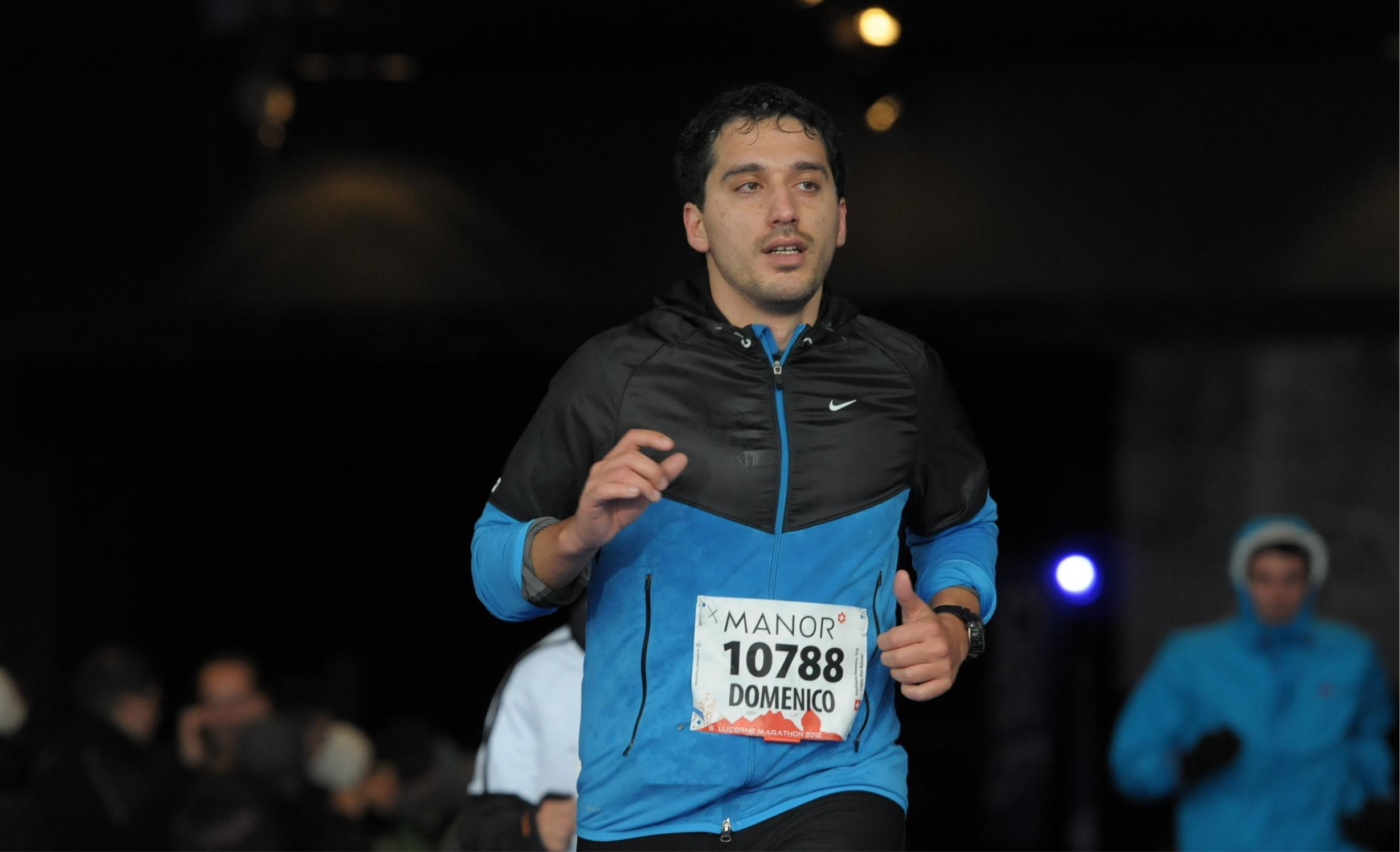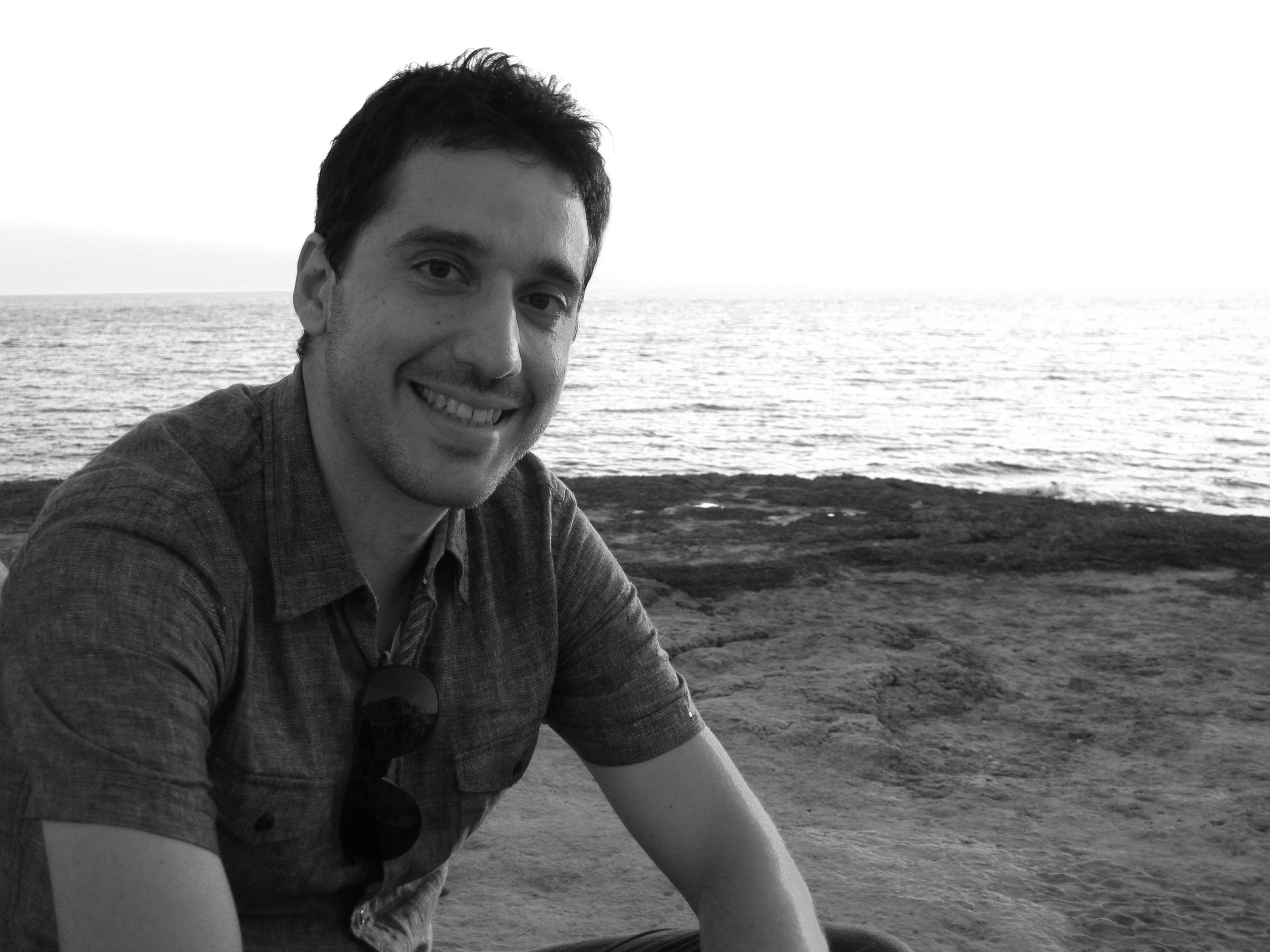Interview with Domenico Giustiniano, Research Assistant Professor, Institute IMDEA Networks

To begin this interview, we are curious about how you were called to the life of science. When and why did you decide to become a scientist?
As a kid, I was always fascinated by scientists and I admired humans that could discover things that were unknown. Kids like magic, and scientists were a sort of magicians! So at 12 years old I was already imagining myself as a scientist, although I was perhaps thinking more about becoming a physicist. The final decision came while visiting Ulm for my master thesis, and learning for the first time how to tackle a research problem. After that, I started my PhD studies in wireless communication, which I thought was a good fit to my interests.
What training and background do you have as a researcher? What institutions have you been connected to so far?
I have built experience over the years working for research centers in university and industry such as University of Rome (Tor Vergata) and the Swiss Federal Institute of Technology in Zurich (ETHZ) on one side, and Telefonica Research (Barcelona) and Disney Research Zurich on the other side. This dual background has helped me to understand the gap between the ways of thinking of academia versus industry and create opportunities of research that may have a practical impact. I’ve had the good fortune to work with outstanding researchers that have stimulated me to think differently. And I always remind myself of these words that I was once told: “the problem is not to find a solution to a research question, but rather to find the right question to answer”.
How did you get the opportunity to come and work in Madrid?
I visited IMDEA Networks for the first time in 2009, and then, more recently, in January 2013. I also had the great opportunity to collaborate with researchers from IMDEA in the recent past. I was impressed by how the center has bloomed during these years.

What interested you most about the IMDEA project? What made you want to become involved?
I have been working at and visiting several research centers, and I admired the fact that IMDEA Networks had attracted international talents, at a gradual and healthy growth rate. I find that's an extremely hard task, and I felt that I could help and be part of this ambitious project.
In what research lines will you be working? What specific results do you expect to see?
I will continue my three lines of research, devoting most of my efforts to emerging areas, such as power-constrained visible light networking, mobile indoor localization systems based on signals of opportunity and networking solutions for rescuing humans with flying robots. I expect to advance the state of the art in these areas and provide effective and practical approaches for the next generation of wireless networks.
Did you know Spain before joining IMDEA? What do you like best about Madrid
I lived in Barcelona for two years while at Telefonica Research. Already at that time I had the chance to travel quite often to Madrid and I enjoyed the city. I now love Retiro park, the new green area of Madrid Rio, and the efficient transportation system. And the variety of cultural offer is impressive. But I have the feeling that I have a lot to explore yet!




